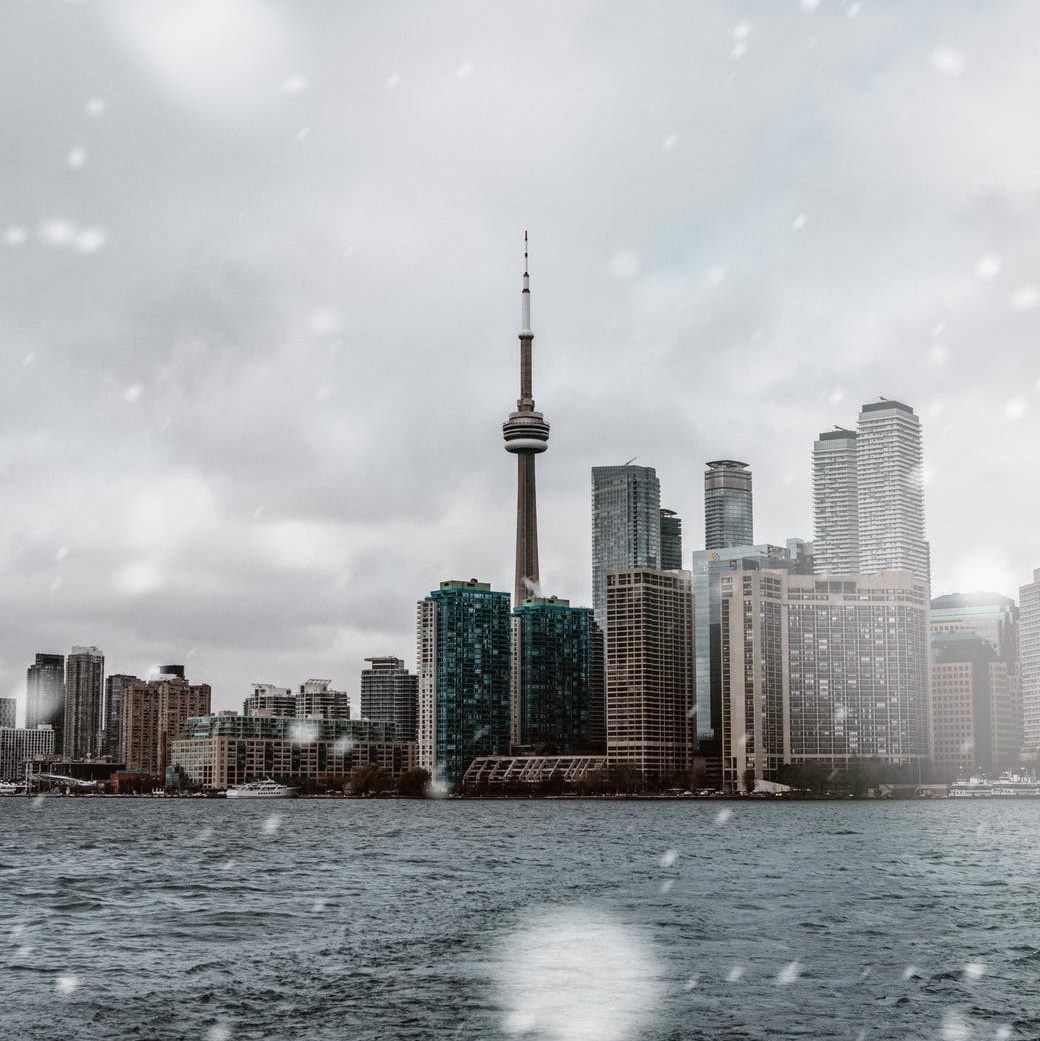
I have very mixed feelings about snow. On one hand, I like watching snow fall down from the sky, but more precisely, I thoroughly enjoy examining their intricate designs. Also, snow forms such a beautiful white and shiny coat on the ground. Moreover, It is also a phenomenal medium to express our creativity. On the other hand, I hate being in the middle of snowfalls as snowflakes always seem to end up in my eyes. Plus, I particularly dislike how snow perpetually shows up with cold temperatures. I must say that I sincerely detest cold, as I am hugely sensitive to it. My typical ideal temperature is around 25°C. Despite the collection of statements I have made, I have to make a sizeable nuance. If you ignore the cold temperature, which is technically a different matter entirely, then my appreciation for snow would outweigh any aversion that I might hold against it.
Furthermore, snow has often been the centrepiece of my childhood memories, so we can say that snow holds an invaluable place in my heart. Snow has eventually forged its way to gain my love and is now at the heart of my most cherished and happy memories. When I think of it, I usually think about Christmas, a white Christmas. So it is not surprising that one of my earliest memories happened around Christmas. This memory takes place in early December. Despite having our natural Christmas tree entirely decorated (which always seemed to bring me joy), I remembered feeling somewhat uncheerful. I was feeling spiritless simply because there was no snow outside. Typically in Québec (Canada), around this period, there is always snow on the ground. Its absence seemed to take away my anticipation of holidays. Without snow, it seemed like any other day. I know that even as a kid, I was acting overly tragic. However, such things are not uncommon for children. Anyhow, two days before Christmas, a snowfall began and the soil, frozen by that time, was unable to melt it. We got a white Christmas after all, which had been the case for as long as I can recall. Even to this day, I have yet to experience a non-white Christmas. This means that as soon as snow makes its first permanent appearance, it always makes me look forward to Christmas. Every time the first snow settles on the ground, I can immediately feel the excitement and joy most often ignited by the spirit of Christmas.
A second memory involves snowmen creation. For about four years, my little sister and I had a yearly tradition which was, as you may have guessed already, building a snowman. But who cares about a stereotypical snowman formed of three snowballs, one carrot, buttons and a top hat? Certainly not us. Our snowman took the shape of a bear which granted it the apparent name of “snowbear”. We had so much fun accessorizing it. Every year, we tried using many different objects to customize the snowbear; from berets to hats, and from rocks to marbles. We had lots of fun, and the fact that only my little sister and I shared this tradition made these moments quite special to me. That tradition, unfortunately, stopped once I moved out of our family nest. Nonetheless, every time I see snow, it sparks a deep desire in me to build a snowbear or at least a snowman.
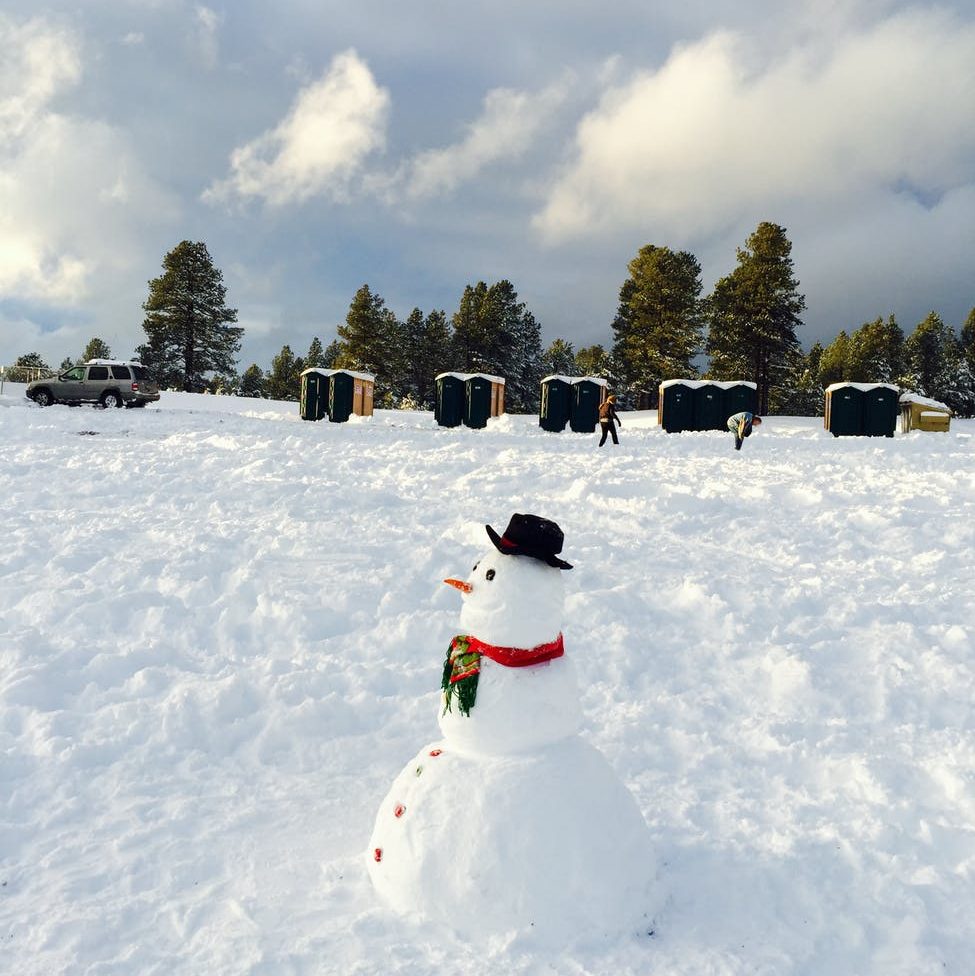
My third and last memory, which I’ll share with you, concerns snowball fights and attempts at building igloos or even slides. As a kid, my mother often insisted that my sisters and I go play outside for many hours. To keep us entertained, we often took it upon ourselves to start projects or elaborated activities. Snow fights required planning since we had to build snowball reserves (I must admit, this was a made-up rule). Making igloos required strength, so creating a digging schedule, by splitting the work between all girls, was essential. As for the slides, we had to use ingenuity. Often enough, when we started using them, they wouldn’t be working properly. So we had to troubleshoot and then solve the problems. The snow was really like a toy used to express our creativity and to stimulate cooperation between every single one of us. These moments are irrevocably unforgettable childhood memories.

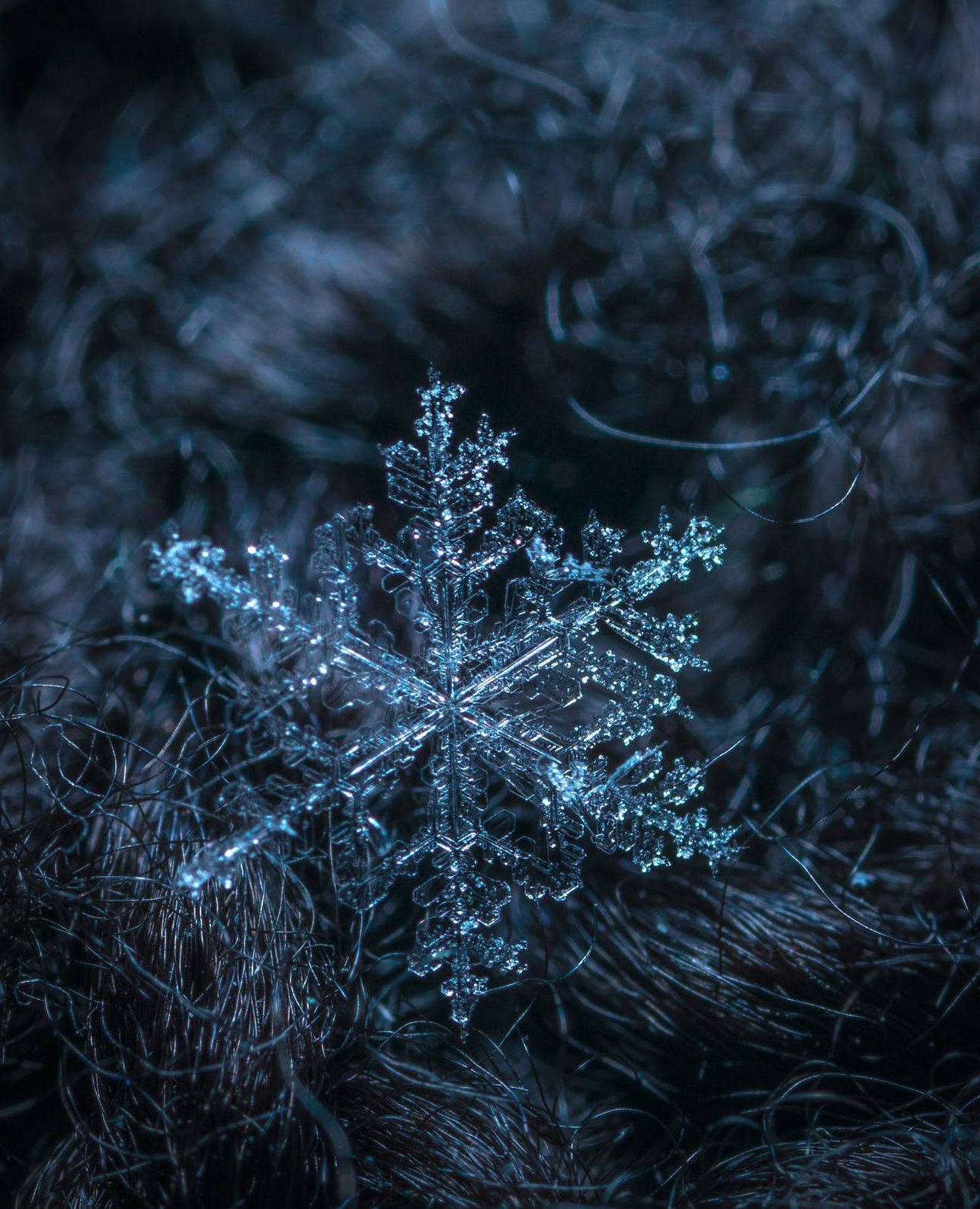
I first learned about snow in elementary school, and that moment was truly extraordinary. I always loved learning and, even more so, learning through experimentation. You can’t see me now, but if you could, you would see the huge smile that just appeared on my face. That day started like any other day, but suddenly in the afternoon, things began to change. I remember the teacher telling us that snow was a type of precipitation and that every snowflake was different and unique. It was at this moment that she introduced the experiment. We would be allowed to go outside to observe snowflakes in real-time. First, we had to pick a black construction sheet of paper and then we left our desks to move outdoors. That afternoon there was a light snowfall for which I remember the teacher being so delighted to see since the experiment involved examining the snowflakes depositing on our sheet. The fact that the sheet was dark allowed us to isolate and analyze each snowflake better. I remember looking at the uniqueness of the snowflakes and believing that it was pure magic.
For simplicity’s sake, the water cycle can be described in the following stages: evaporation, condensation and precipitation. Evaporation happens when water changes from a liquid state to a gas state. The water in the gas state moves towards the sky to eventually form clouds by condensation. The air at cloud-level, being colder, transforms water molecules back to a liquid state. But since they are sufficiently light, they remain in the sky, creating the clouds we can see. Once the water droplets become heavy enough, they proceed to fall towards the ground to form what we know as precipitation. So you might be apt at this point to tell that snow is just one form of precipitation, and you would be absolutely right. It might not be magic, but it’s still pretty darn incredible if you ask me. Only a small change in temperature is sufficient to determine which form of precipitation it will be, either rain or snow. So as I said previously, high up in the clouds, evaporation and condensation will produce many fine droplets. The droplets will remain in their liquid form if the temperature is sufficiently high. As the fine droplets join together, they become increasingly heavier and lead to the formation of rain. If the temperature starts to drop, then the droplets will solidify around a speck of dust and crystallize. This process is responsible for creating their unique shape. Their crystal shape is, in truth, the reason why they are so shiny when you observe them at night and why snow appears white in daylight. Snow is white as a product of the reflection of all visible light.
As for the stickiness of snow, it depends solely on the surrounding humidity level in the air. The more moist the air is, the stickier the snow will be since it will have a chance to collect water in its liquid form during its fall. The presence of liquid water amongst the snow creates additional weight since liquid water has more molecules (for the same volume) than its solid form. This statement determines why the clumpy snow, which forms in humid conditions, is so heavy. This type of snow creates what we call fluffy snow, which is particularly perfect for building snowmen. This is strictly possible if it does not melt right away, which is quite likely. Indeed, snowfalls have no chance to accumulate until the ground gets completely frozen, which happens to coincide with the approach of December. If the soil is even partially thawed, there is enough heat to make it melt right away. So that’s why we don’t see much snow accumulation before the week preceding Christmas. However, once the ground has frozen, snow is there to stay at least for a while. Fun fact, the snow is a surprisingly good insulator for the soil, which is why it takes so long for the ground to unfreeze in Spring and thus for the snow to go away.
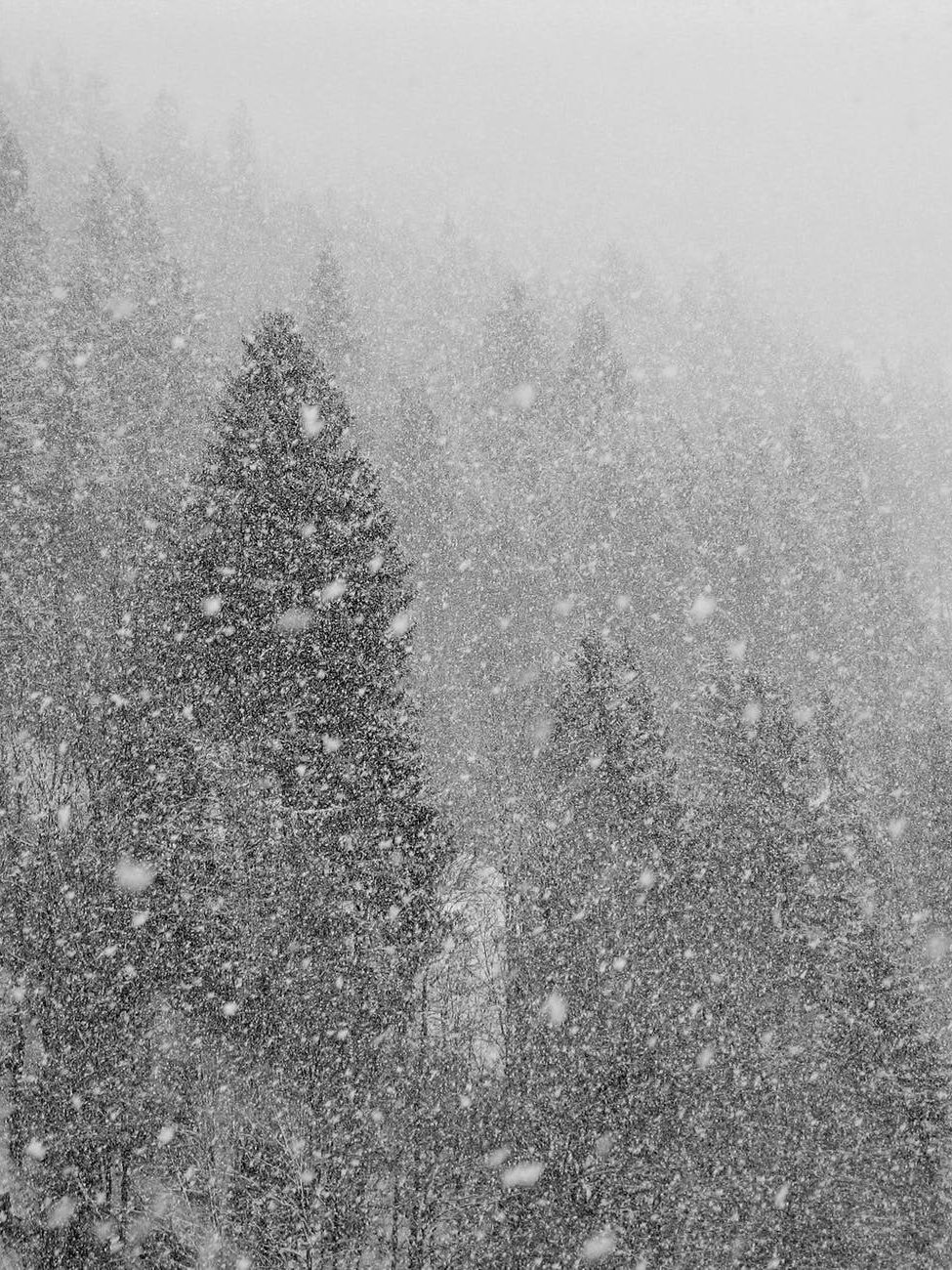
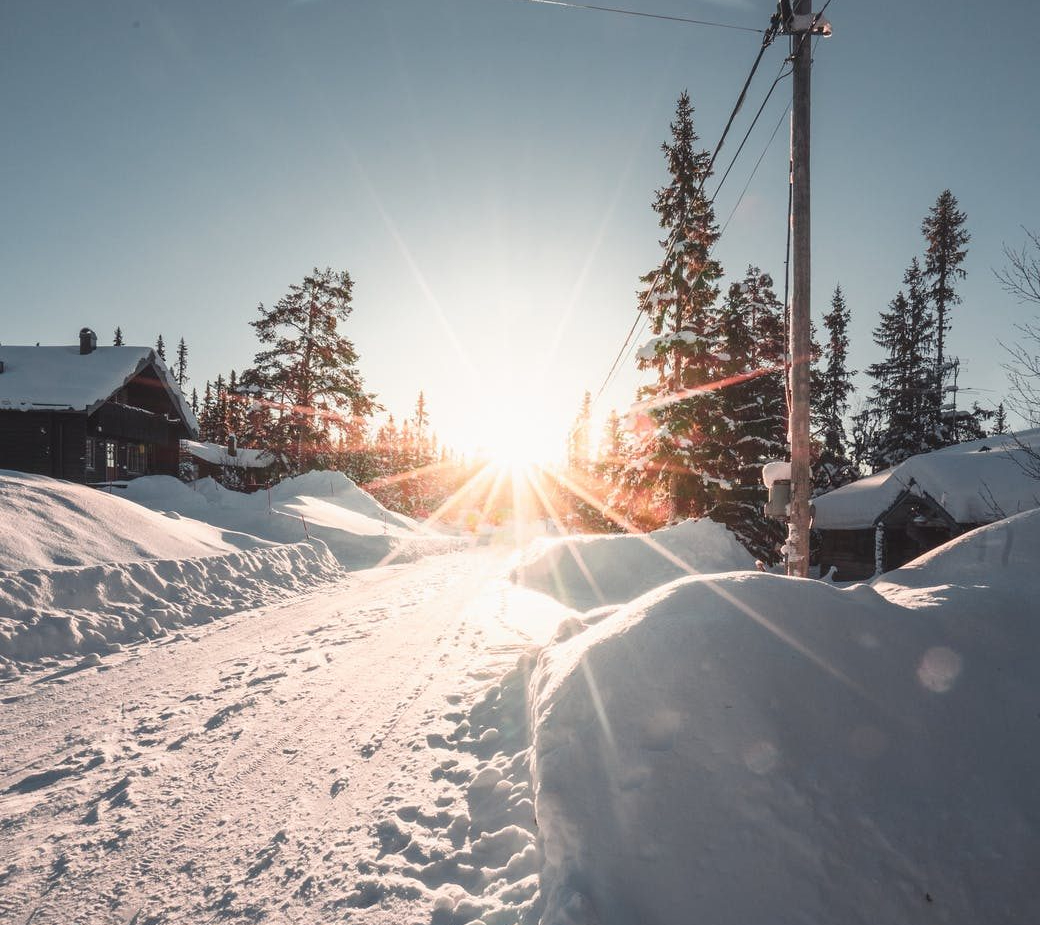
But the accumulation of snow depends on the amount of precipitation. Unfortunately, when precipitations are insufficient, ski resorts that make most of their money during Winter can be irreparably hurt, financially speaking. This possible inconvenience is the reason for them to often rely on the use of artificial snow cannons. These machines are essentially spraying water into the cold air, which instantly changes it into snow. The resulting snow is dryer since it didn’t have much time to collect water molecules present in the air. This snow has consequently less adherence than natural snow, which many skiers and snowboarders truly dislike. However, let’s just say that it’s still better than nothing at all—What would you say?
I thank you infinitely for reading this post and if you would like to know more about the mysteries that surround us, please join my subscription list to keep up with my newest content. If you have any questions, please add them to the comment section and I’ll make sure to answer as soon as humanly possible. ![]()

















